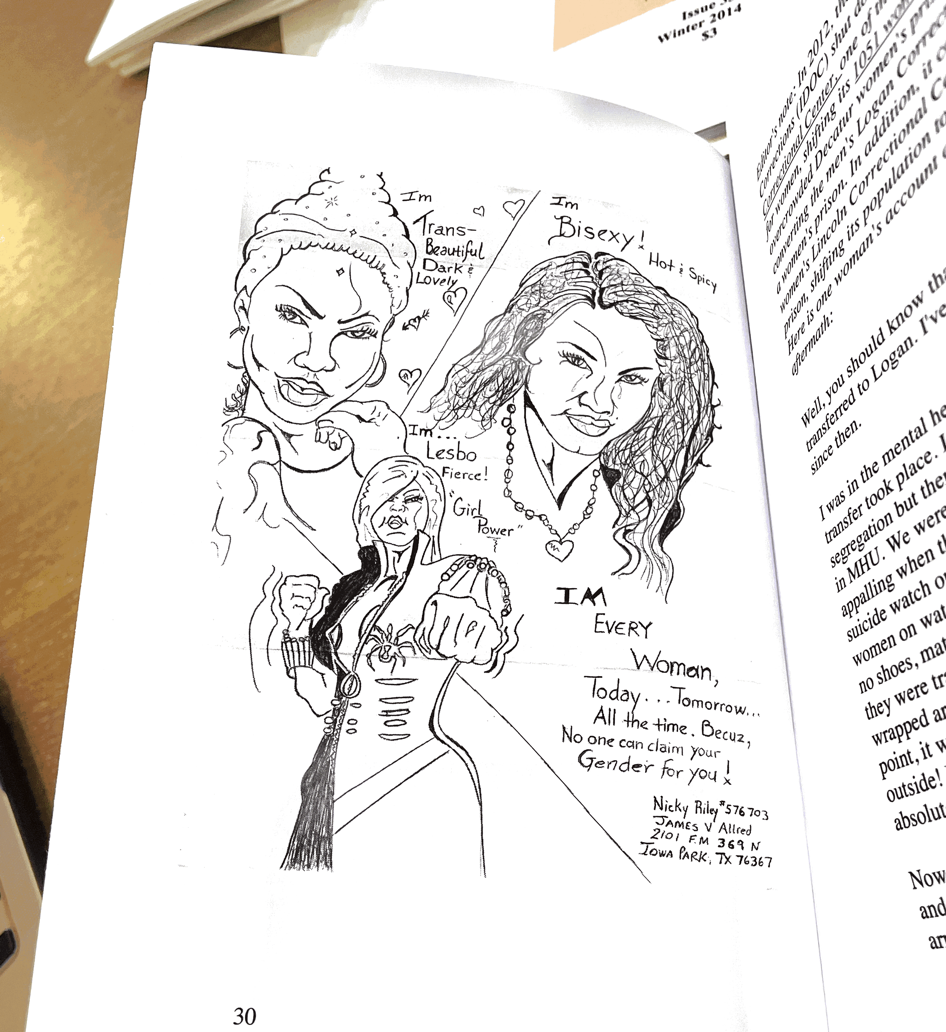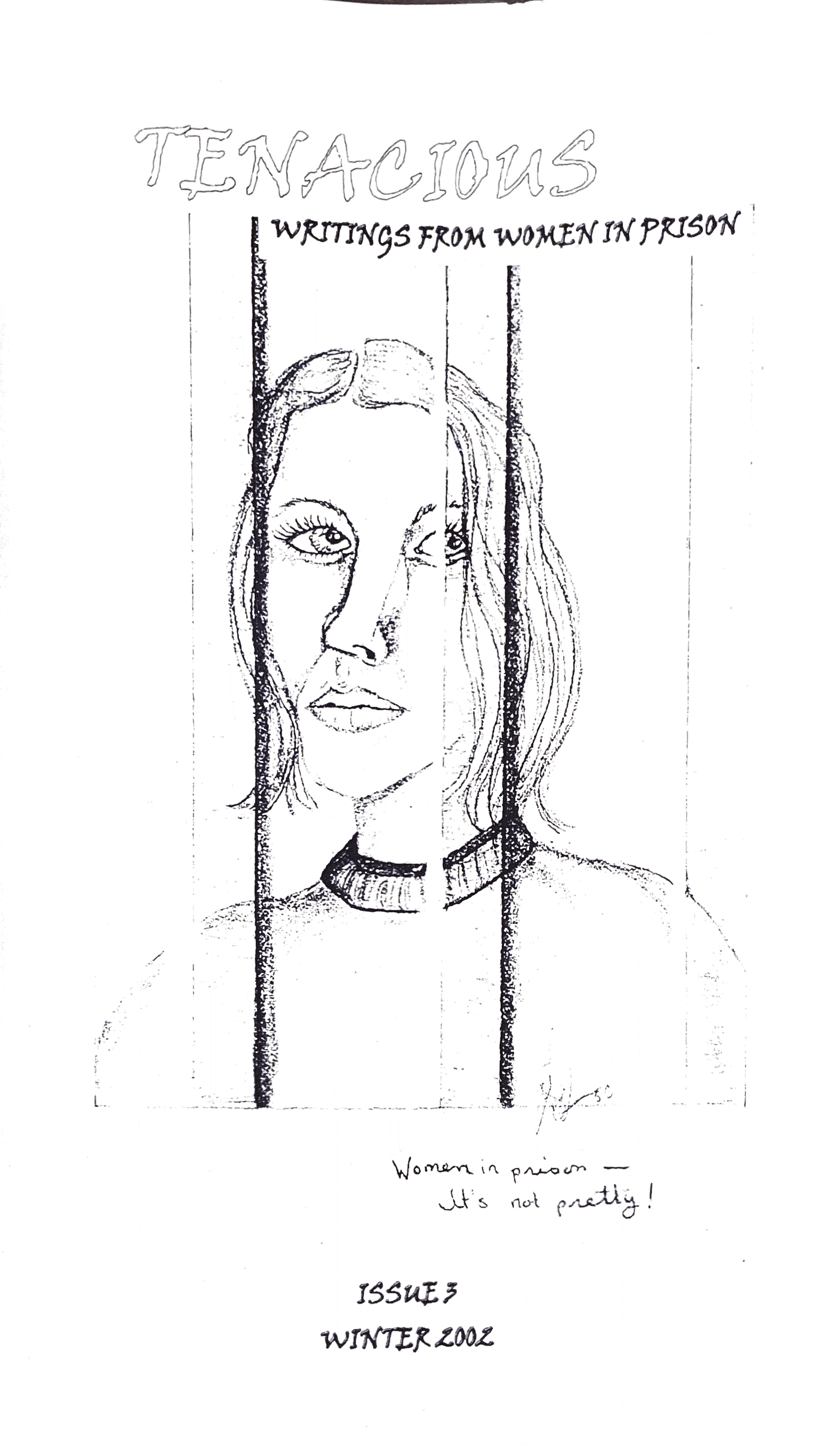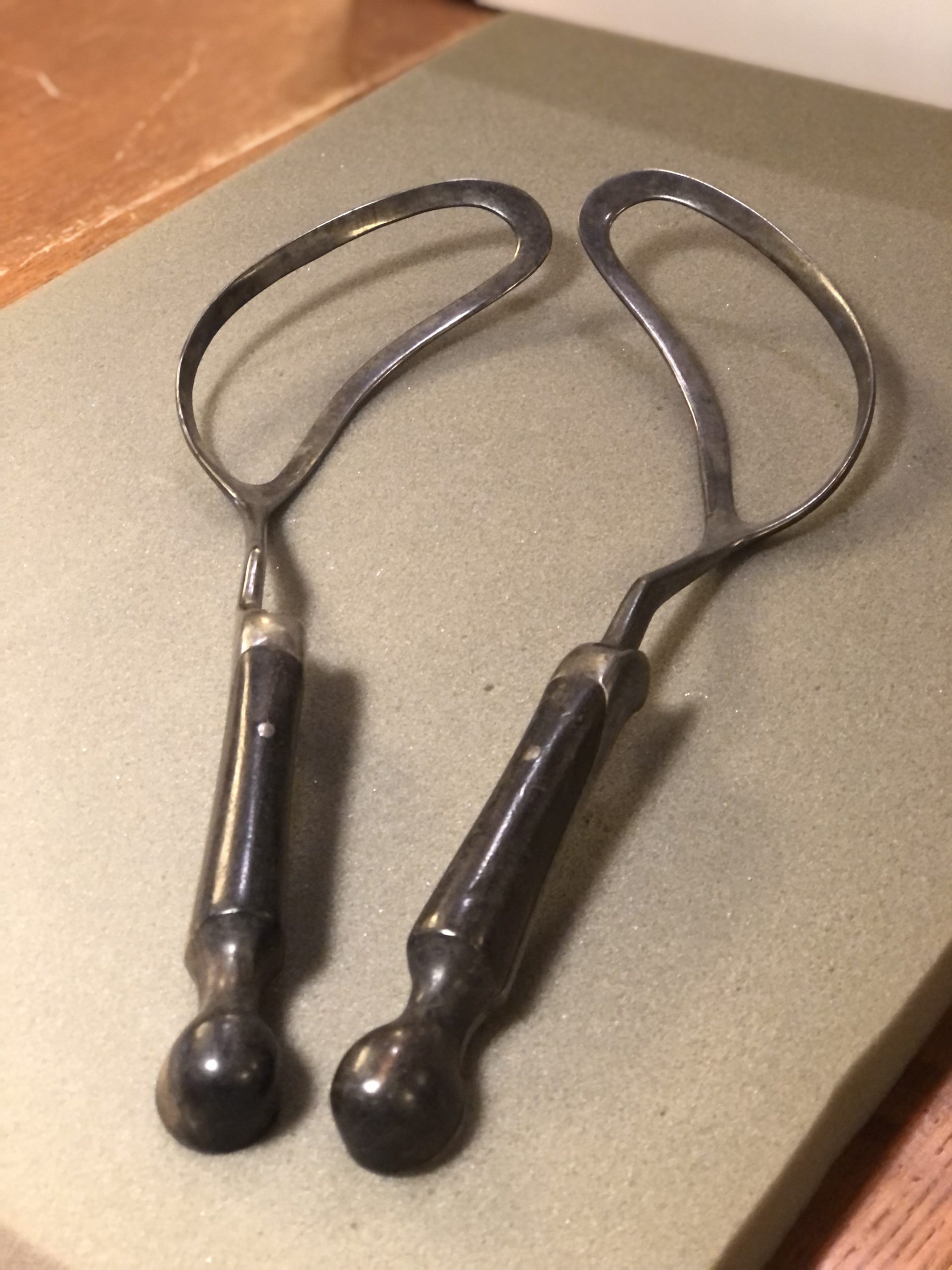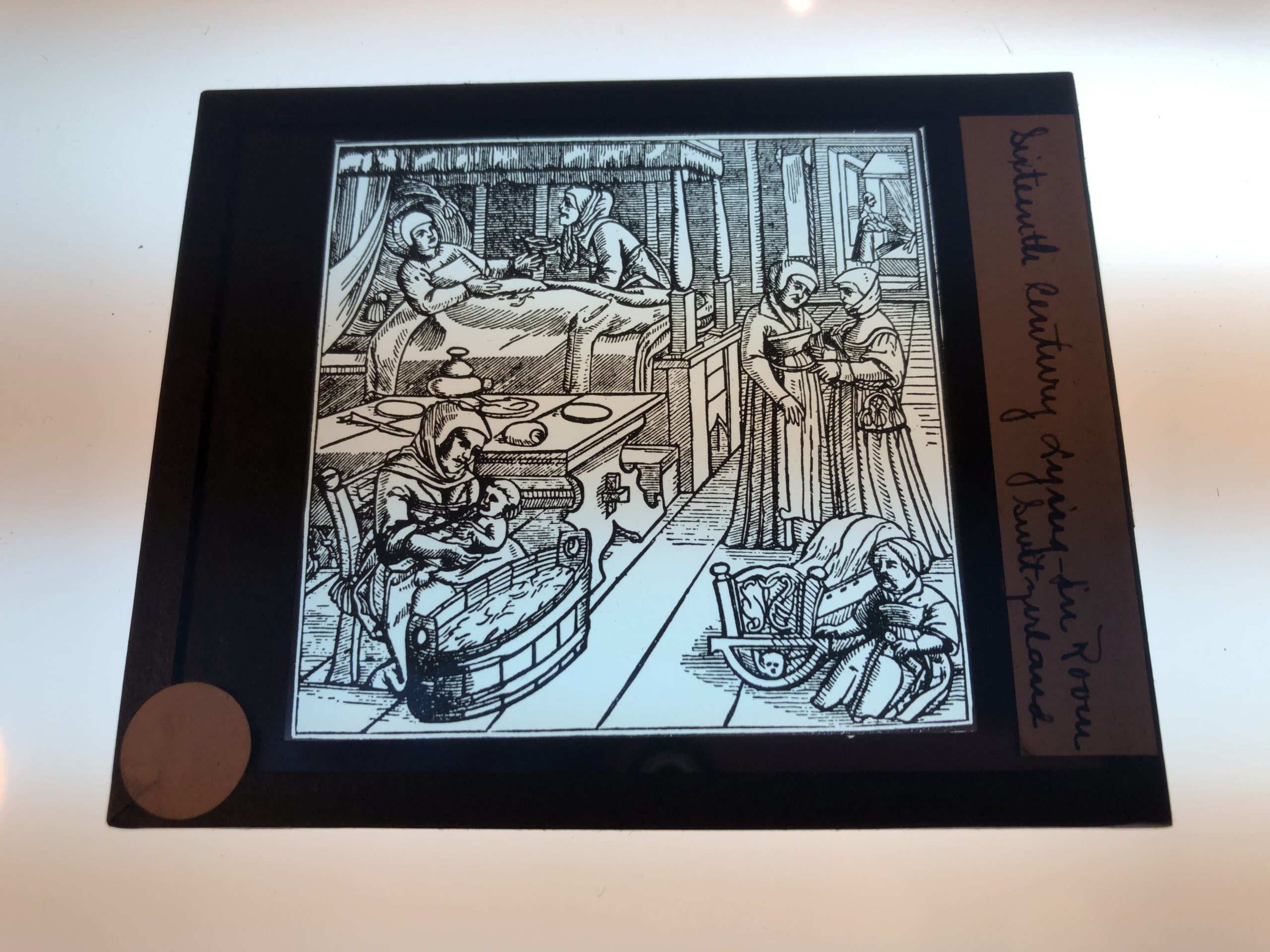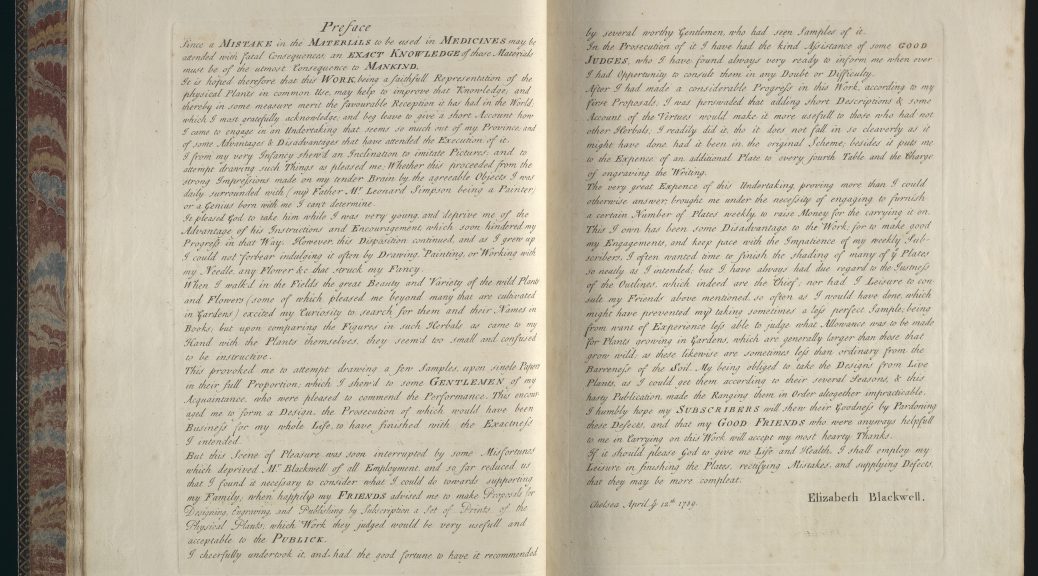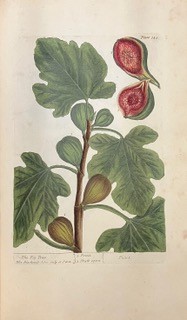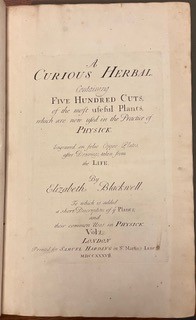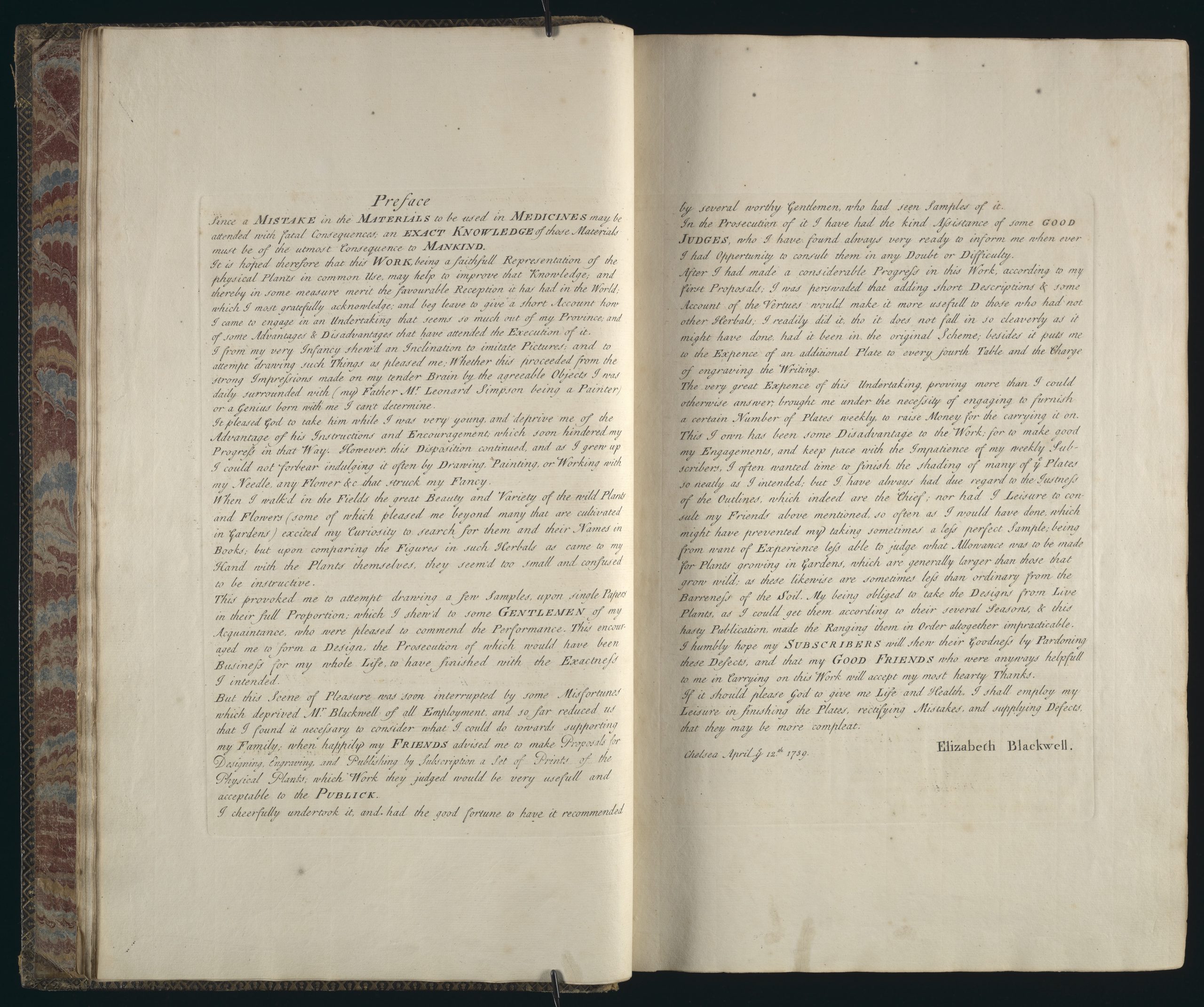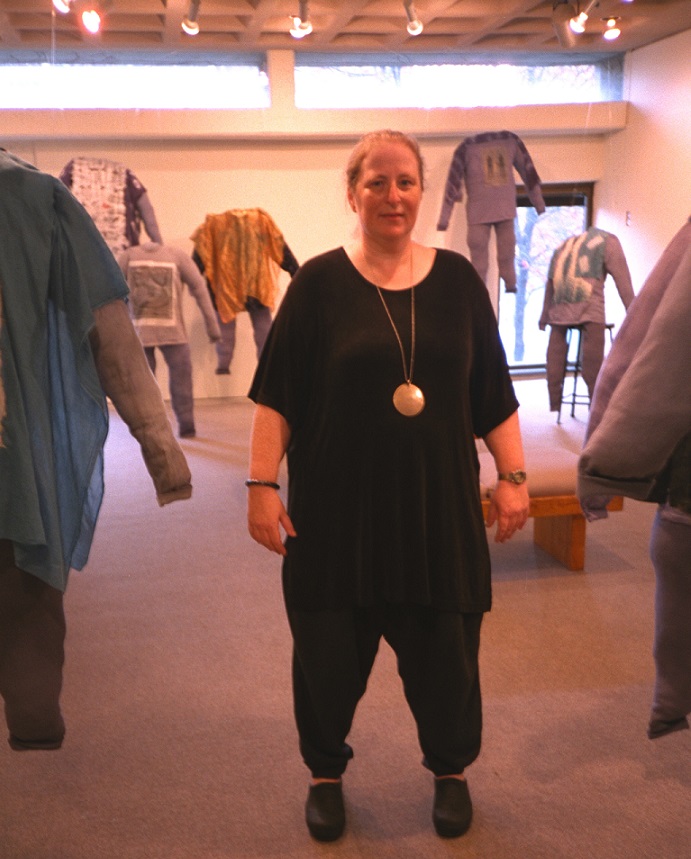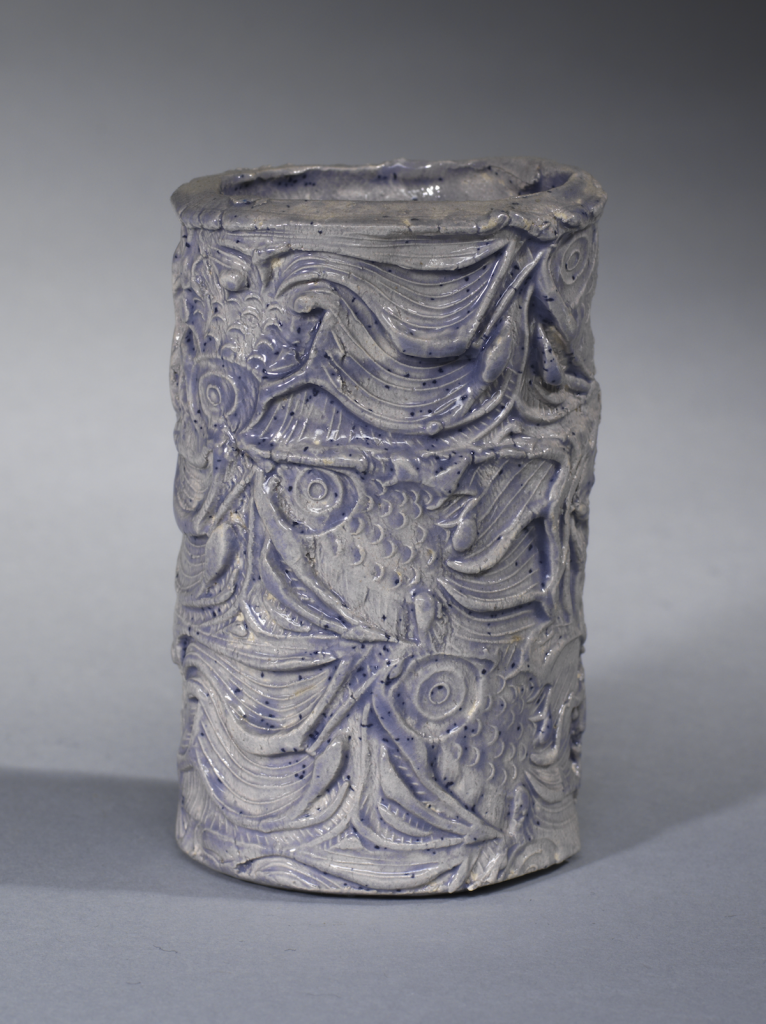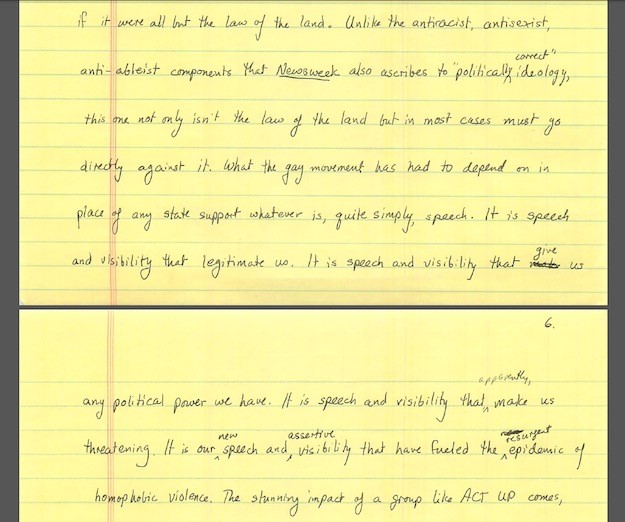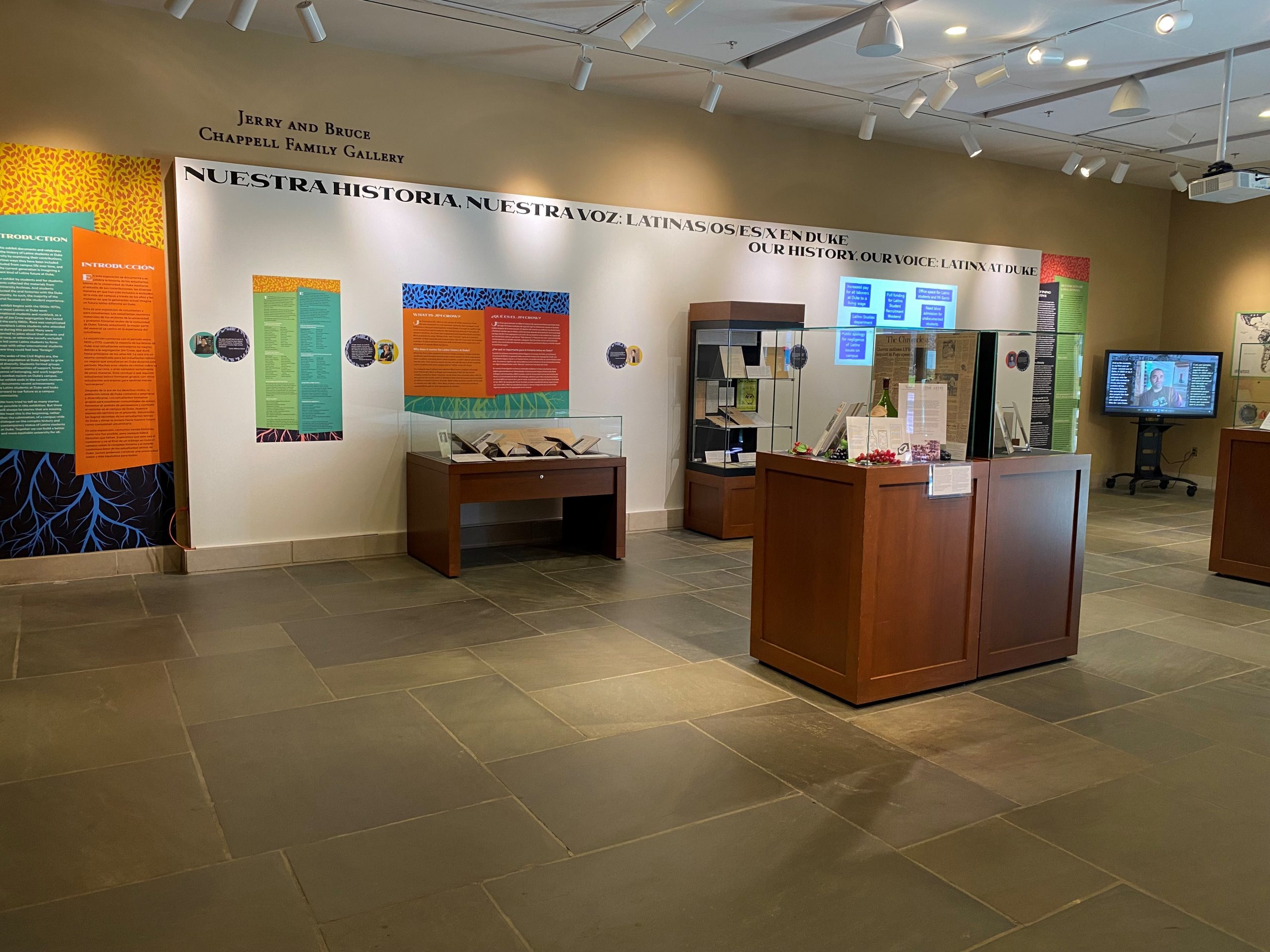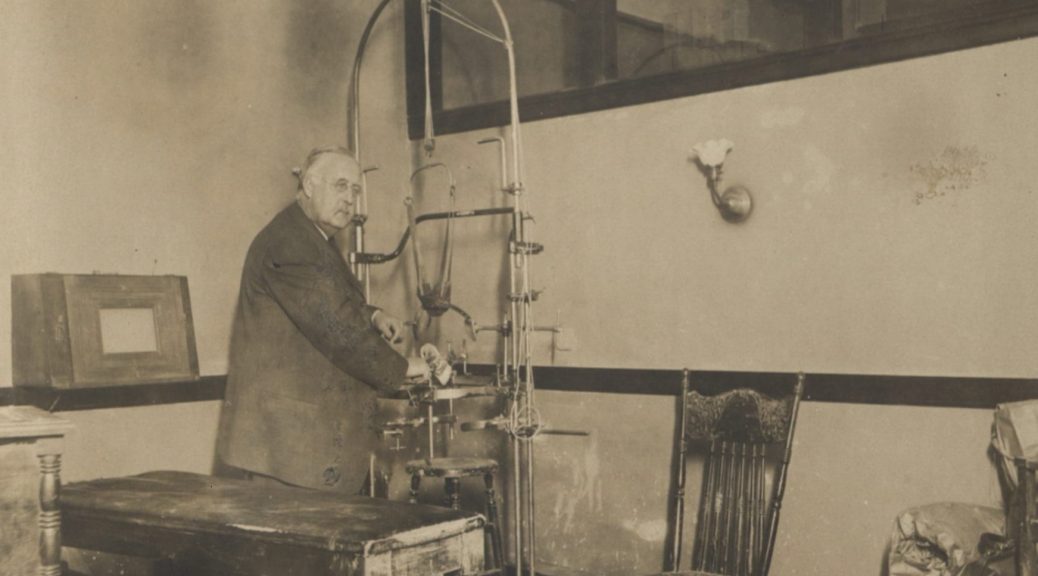Post contributed by Tyler J. Goldberger, Human Rights Archive Travel Grant Awardee
“Diplomatic Dip,” reports the Staten Island Advance on March 9, 1966, covering the remarkable story of United States Ambassador to Spain Angier Biddle Duke swimming alongside Manuel Fraga, Spanish Minister of Information and Tourism, in hydrogen bomb-contaminated water. “Envoy Swims to Prove No Radiation,” states the Chicago Defender to describe the same event. Clippings within the Angier Biddle Duke Papers as well as a Palomares, Spain scrapbook, part of the Angier Biddle Duke collection, illustrate the national and international coverage, consciousness, and attention garnered by the accidental dropping of four American hydrogen bombs during a routine fly off the coast of Spain, where the bombs were held, in January 1966. To minimize the political, economic, and diplomatic disruptions caused by dropping potentially hazardous and radioactive bombs on another nation’s coastline amid the Cold War, Biddle Duke and Fraga participated in a brief swim to showcase to the world that the United States did not corrupt the Palomares ecosystem. This public relations stunt sought to protect the image of strong ties between these two nations and support Spain’s tourism economy. This American faux pau serves as an exemplar of the contradiction between warming United States-Spain relations during the second half of the twentieth century and private citizens and organizations bringing awareness to Francisco Franco’s dictatorial, repressive regime in Spain from 1939-1975.

Due to the generosity of the Human Rights Archive Grant within the David M. Rubenstein Rare Book & Manuscript Library, I had the opportunity to explore various manuscripts and rare books to support my dissertation. My project, tentatively entitled, “‘Spain in Chains’: Transnational Human Rights, Remembering, and Forgetting of the Spanish Civil War and Francisco Franco Dictatorship within the United States in the Twentieth Century” argues that American individuals and organizations outside of the diplomatic sphere promoted human rights activism and humanitarianism in regards to the terror, repression, exiles, and murders perpetrated by Franco Spain. While historiography traditionally ends dialogue of United States-Spain relations in 1898, when the United States defeated the Spanish Empire in the Spanish-American War, my project, supported by many resources at the Rubenstein Library, asserts that we have much to learn from how Americans fought against fascism through war, suffering, fundraising, attention-raising, consciousness-building, and caring, even despite the budding diplomacy between these two nations.
United States-Spain relations showcase how the priorities of Cold War anti-communism quickly and continually subsumed notions of human rights over the course of the Spanish Civil War and Franco dictatorship. While the civil war pitted leftist, anti-fascist Republicans against a conservative Nationalist coup d’état spearheaded by Franco, the outcry from the world resulted in sending approximately 40,000 volunteers from over 50 countries to fight against fascism, including around 2,800 volunteers from the United States in a battalion eventually known as the Abraham Lincoln Brigade. The American Rescue Ship Mission within the J.B. Matthews Papers and various rare books published by the Friends of the Abraham Lincoln Brigade, including, They did their part; let’s do ours! Rehabilitate the veterans of the Abraham Lincoln Brigade, illustrate not only that many within the United States knew the stakes of the Spanish Civil War, but also that there were large humanitarian currents during and following the war to support suffering Republicans within dictatorial Spain. Activities such as fundraising to secure clothes and food for ailing victims and exiles of the brutal war and post-war conditions, as well as organizing rescue ships to safely export Spanish Republican refugees out of Spain, highlight the space that Spain’s civil war occupied in American and global consciousness.

While incorporating humanitarian work during the Spanish Civil War and World War II, my project also seeks to expand this timeline by following United States-Spain relations over the course of the Franco dictatorship. I will contrast the ways in which the United States government intentionally forgot about Spanish human rights violations while private citizens continued to fight to support Spanish Republican victims and their families. Thus, newsletters from the Committee for a Democratic Spain ranging from 1961-1970 provide crucial information on the continued American attention given to human rights violations perpetrated by Franco Spain despite diplomatic allyship. These newsletters shed light on the continued crimes, atrocities, and imprisonment enacted by the regime, educating American readers on the “Unfinished Fight” that more should be aware of between the Spanish people and their own government.
The gaffe of United States hydrogen bombs dropping in Palomares tells just one side of the story of United States-Spain relations over the course of the twentieth century. My project utilizes the contradictory narratives of contaminated swims and condemnation of Franco Spain to contextualize individuals and organizations in the United States supporting and providing resources to suffering Republican Spaniards amidst improved diplomatic relations. The Spanish Civil War was global in its fighting, legacies, and consequences, illustrated by the many Americans advocating for increased aid to and awareness of Spanish Republican victims far past 1939.




